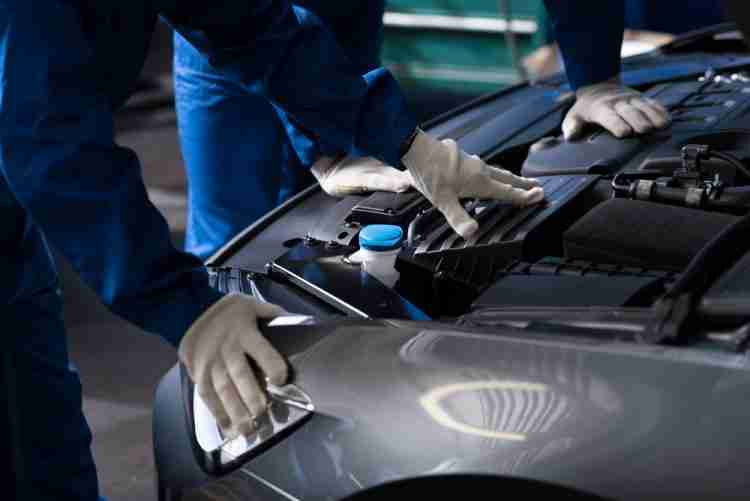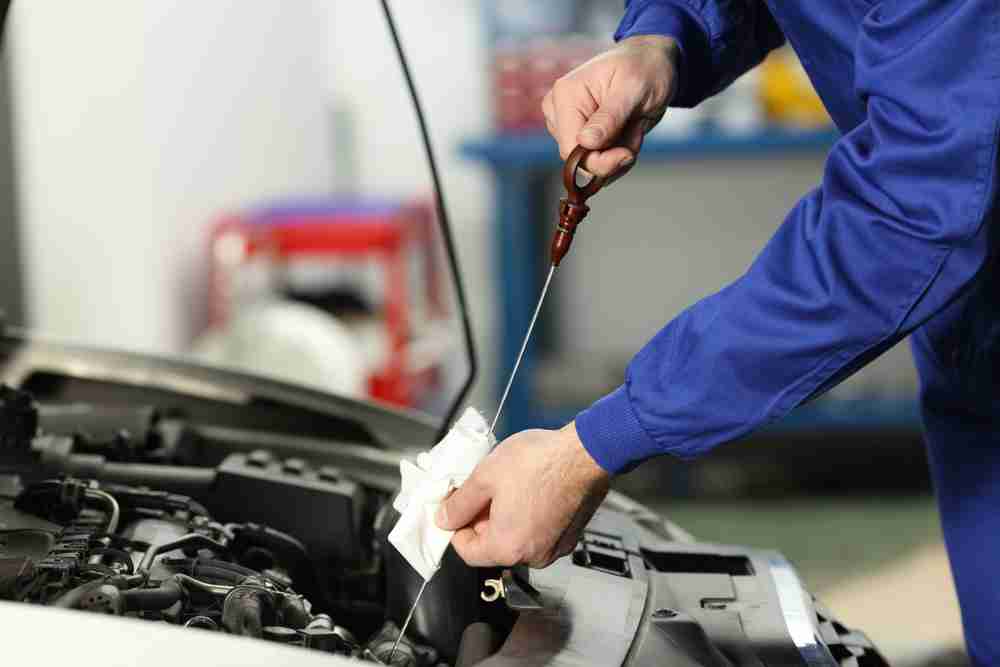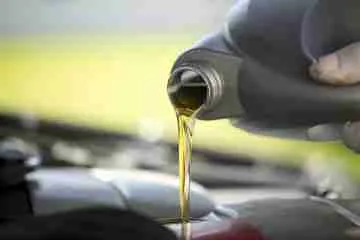Car Preventative Maintenance- What is it?

Car Preventative Maintenance
Preventative maintenance encompasses the fundamental tasks and checks car owners need to complete on a regular basis in order to ensure the smooth running of their vehicle.
It’s not a concept that applies exclusively to vehicle maintenance, but practically any mechanical or electrical object. Preventative maintenance for a car includes…
- Reading the User Manual – It may be a bit of a snooze fest, but if you’re going to look after your pride and joy, you’ll need to know at least a little about how it works. It’s just common sense.
- General Inspections – Give your car a quick once over every week. Look for anything out of the ordinary. Listen for unusual sounds whilst you’re driving.
- Checking Tire Pressure and Tread Depth – Your tires should have a pressure reading between 30 and 35 PSI. Allowing pressure to slip below 30 PSI for an extended period of time can reduce your mileage and cause severe tire and wheel damage. We recommend keeping a pressure gauge in your glove compartment, so you’re never left guessing. If you don’t have one yet, we can’t speak highly enough of the AstroAI Digital Tire Pressure Gauge 150 PSI 4 Settings for Car Truck Bicycle with Backlit LCD and Non-Slip Grip, Silver (1 Pack)
Once your tire tread depth falls below 1.6mm across 75% of the width, it’s no longer road legal, and you’ll need to replace it.
- Check Your Lights Are Working – Use a reflection or a friend to check your brake lights are functioning. The others you can check yourself.
- Check Your Fluids – Cars need fluids to run. Whether it’s antifreeze or power steering fluid, you need to keep a close eye on it and replenish when necessary.
- Checking and Replacing Your Oil – Having read your vehicle’s user manual, you’ll know at what mileage the oil needs changing. You should also do frequent oil checks not just on volume, but quality. If there’s a lot of debris in the oil, it’s definitely time for a change.

- Battery Checks – This won’t be such a frequent part of your preventative maintenance schedule, but that’s not to say it’s not essential practice. The last thing that you want is to wind up stranded because of a dead battery. To do the checks, you’ll need a battery checker. This Motorpower tester gets the job done on a budget: MOTOPOWER MP0514A 12V Digital Car Battery Tester Voltmeter and Charging System Analyzer with LCD Display and LED Indication – Black Rubber Paint
If you’ve noticed a lot of debris on or around your battery, you should also give it a good clean using one of these specialist battery cleaning brushes: 10pcs Battery Terminal Anti Corrosion Washers Protector Fiber and Cleaning Brush-2pcs For car marine boat
We also highly recommend keeping a jump kit in your trunk. Even if you’re sure your battery’s got a fair bit of juice left, this bit of gear brings you peace of mind and ensures you’ll never be stuck roadside waiting for a good Samaritan to help you out.
If you’re unsure what sort of kit to buy, this Noco Boost Plus is all you’ll ever need NOCO Boost Plus GB40 1000 Amp 12-Volt UltraSafe Lithium Jump Starter Box, Car Battery Booster Pack, Portable Power Bank Charger, and Jumper Cables For 6-Liter Gasoline and 3-Liter Diesel Engines.
- Switch Up Your Wipers – If you’ve noticed that your wipers aren’t doing such a good job of removing streaks, change them. There’s no need to wait.
- Switch Up Your Wipers – If you’ve noticed that your wipers aren’t doing such a good job of removing streaks, change them. There’s no need to wait.
- Switch Up Your Wipers – If you’ve noticed that your wipers aren’t doing such a good job of removing streaks, change them. There’s no need to wait.
- Switch Up Your Wipers – If you’ve noticed that your wipers aren’t doing such a good job of removing streaks, change them. There’s no need to wait.
The general philosophy behind preventative maintenance is that if done correctly, it can stave off an accident or the need for more drastic, pricey maintenance, ultimately, extending your vehicle’s service life.
The key to effective preventative maintenance is stringent planning and developing an in-depth schedule. Stick to it like clockwork, and you won’t have any problems.
What are the 4 Types of Maintenance?
The four types of maintenance are preventative – which we’ve already discussed – corrective, risk-based, and condition-based.
Corrective maintenance is the theory that waiting until something goes noticeably awry with a vehicle and then doing maintenance is a much more cost-effective approach to car care. As long as this is paired with at least a few of the essential preventative maintenance tasks, it can be pretty effective, but you’re more likely to experience a severe fault eventually, and that, my friends, is gonna cost ya.
A risk-based maintenance strategy is developed by assessing the importance of different assets (parts/functions) of a vehicle and their risk of failure. If certain parts are found to have a greater risk of failure, they’re allocated the lion’s share of the maintenance resources. This maintenance strategy is popular in industrial contexts as it ensures machine failure is kept to a minimum.
Now let’s discuss condition-based maintenance. This maintenance strategy is similar to corrective maintenance, but instead of waiting for a part to fall into total disrepair, it’s frequently monitored as soon as performance dips. Once on the verge of failure, it’s then fixed or replaced.
Not allowing any important aspect of a machine to completely break, CBM is a fantastic way to ensure optimal functionality at all points of operation. Furthermore, as it’s only necessary once machine performance starts to sag, it doesn’t consume anywhere near as much time as preventative maintenance, which should be a constant effort.
The only issue is that this kind of maintenance requires the ability to diagnose and do frequent tests on the degrading aspects of a car, which the average car owner will unlikely be capable of undertaking.













No Comment